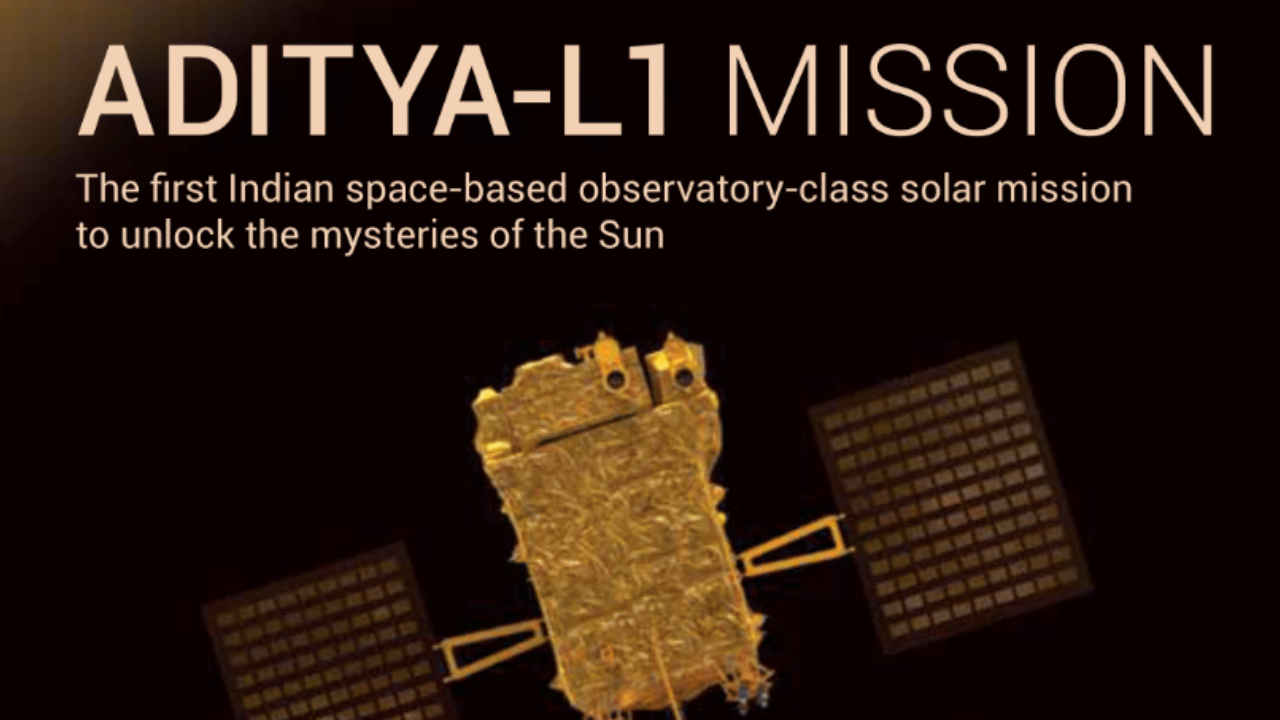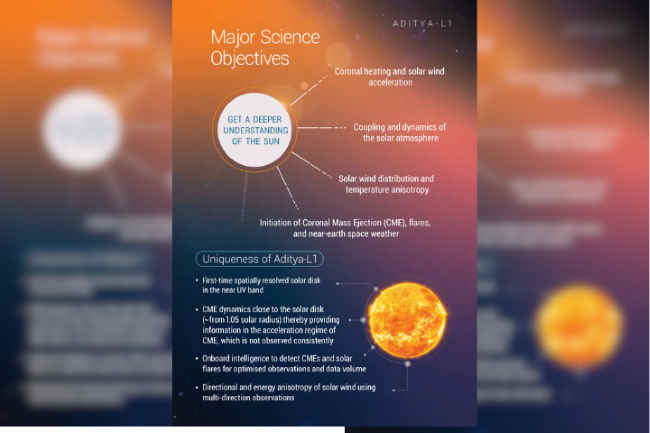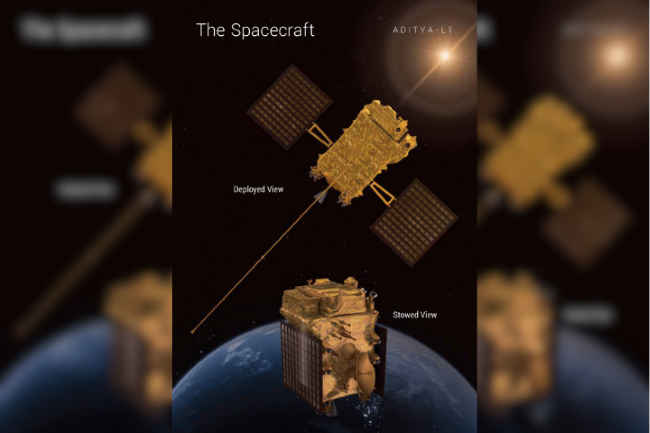Aditya-L1 will launch on September 2: All about India’s first solar observation mission
The launch is scheduled at 11:50 AM IST.
The PSLV XL spacecraft will take off from Satish Dhawan Space Centre, Sriharikota.
The destination of PSLV XL will be the Lagrange Point (L1).

Aditya-L1, the first solar observation mission from India, is all set to launch on September 2. The launch is scheduled at 11:50 AM IST. The PSLV XL spacecraft will take off from Satish Dhawan Space Centre, Sriharikota, the same launch pad which was used to launch Chandrayaan-3. After the huge success of Chandrayaan-3, ISRO is looking forward to making this possible as well.
 Survey
SurveyThe destination of PSLV XL will be the Lagrange Point (L1). However, it will take a stop at Low Earth Orbit at first, and then move to L1, using onboard propulsion. While the spacecraft goes to L1, it will leave Earth's gravitational pull. Once it's out of that pull, it will start moving in a cruise phase and then be put into a big circular orbit around L1. The whole trip from launch to L1 will take around four months for Aditya-L1.
Also read: Chandrayaan-3 successfully lands on moon: 3 difficulties it overcame to create history
As mentioned on ISRO’s official website, Aditya-L1 is expected to complete these objectives:
Study of Solar upper atmospheric (chromosphere and corona) dynamics.
Study of chromospheric and coronal heating, physics of the partially ionized plasma, initiation of the coronal mass ejections, and flares
Observe the in-situ particle and plasma environment providing data for the study of particle dynamics from the Sun.
Physics of solar corona and its heating mechanism.
Diagnostics of the coronal and coronal loops plasma: Temperature, velocity and density.
Development, dynamics and origin of CMEs.
Identify the sequence of processes that occur at multiple layers (chromosphere, base and extended corona) which eventually leads to solar eruptive events.
Magnetic field topology and magnetic field measurements in the solar corona .
Drivers for space weather (origin, composition and dynamics of solar wind.
Also read: Taking a look at ISRO's greatest achievements.
This solar observation mission is speculated to cost India an amount of ₹378 crore. However, ISRO has not disclosed the total amount of money spent in this mission yet.
Mustafa Khan
Mustafa is a young tech journalist who tells it like it is, cutting through buzzwords to deliver straightforward smartphone reviews. He’s the office go-to for insider tips and quick demos, and his video content doesn’t waste anyone’s time. When he’s off the clock, he geeks out over cars, photography, and hunting down the best spot for Indian food. View Full Profile

